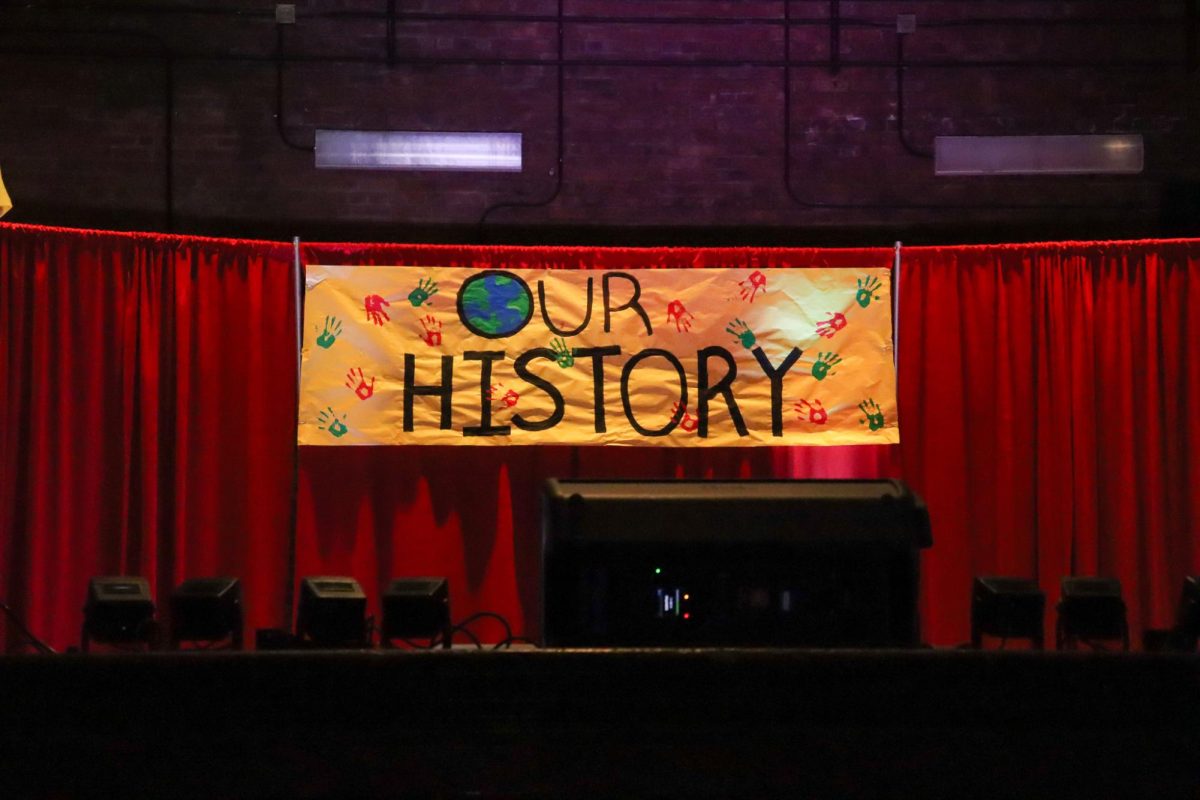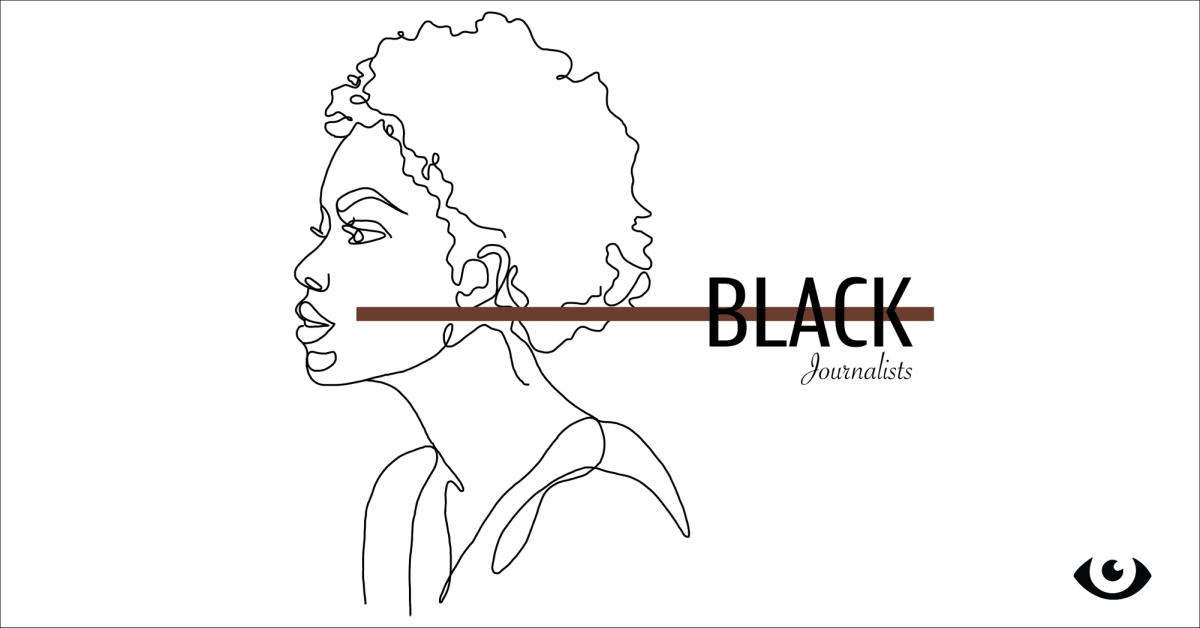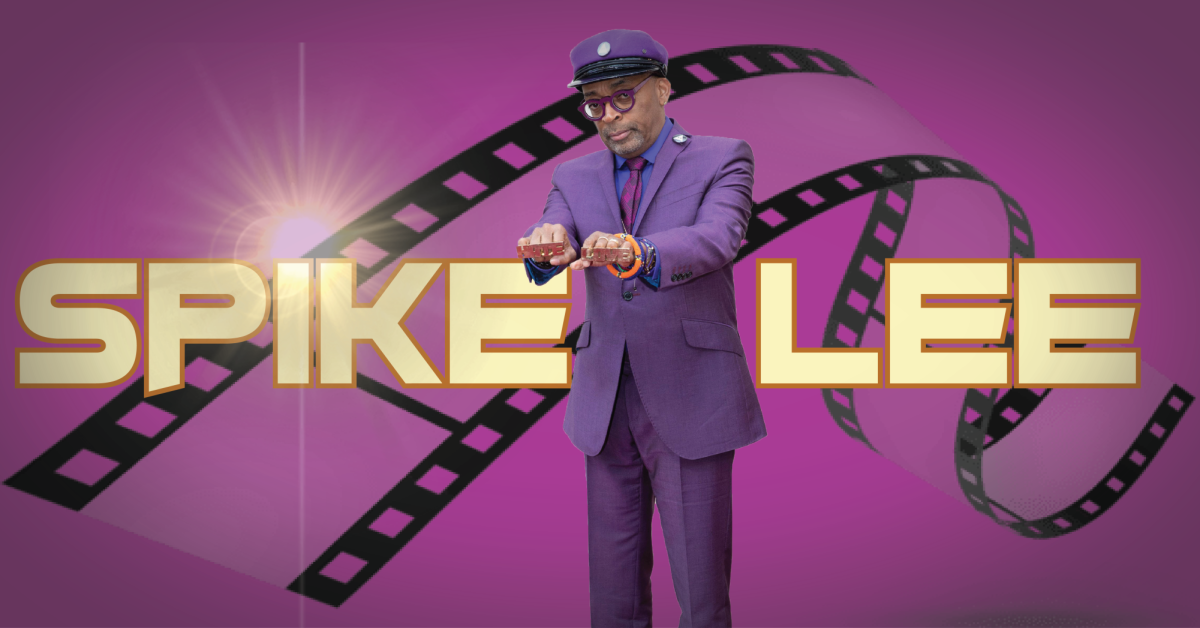Before going to Manual, my favorite teacher was a woman whose puffy hair and conservative dress seemed appropriate for her as a middle-aged mother teaching at a Catholic middle school, St. Agnes. She respected me as someone who could see beyond the text in her English class, and I respected her as someone who prompted us to do so.
“To Kill A Mockingbird” was the most inspiring book I read at St. Agnes, but the discussions were bound to lack the depth it deserved. If you have ever been in a Catholic school, you would know how little diversity there really is. No one in my grade was African-American and most of the students were middle-class, white Republicans.
My teacher mentioned how race does not affect the school system the way it used to. I raised my hand, and she called on me. I knew what I was about to say would be provocative, but impulse drove my words. I mentioned the diversity in the classroom—or, rather, lack thereof—with stumbling sentences that did not express what I actually meant. My teacher tensed.
“Are you calling St. Agnes racist?” my teacher said. This had shocked me. The first English teacher to see something in me since the 5th grade had butchered my words into a straw man.
I told her what I meant: that due to a history of segregation, cultural differences and redlining (a term I could not utilize until a year later when I learned it in APHG, but whose concept my class had picked up from social studies), fewer African-Americans ended up in the halls of our Catholic school.
I was never good at explaining myself, and I believe the confused stammer I considered speech did not help my case. I gave up, and told her that no, I did not believe St. Agnes was racist.
How much of a problem is racism in the United States?
Before one can discuss race, it is important to understand the effects of racism. Of those Pew Research Center surveyed in 2017, 87 percent of people believed that racism, at least, is somewhat of a problem.
However, a minority of 12 percent of people believe that racism is either a small problem in the U.S. or not a problem at all. Ben Peterson (11, MST) is a part of this minority.
“The only discussion we should have [about race] should be in history classes,” Peterson said.
Claire Rooney (9, J&C) disagrees. “Race is something that exists and we need to acknowledge that it’s a thing,” Rooney said.
Rooney had a similar experience to my own. “My experience has been mostly defending POC as I went to a mostly white middle school with a bunch of conservatives,” Rooney said.
“We could spend the whole class time talking about these issues. They mostly boiled down to black people just go to jail more and they’re violent.” Rooney said. “It exhausting for me to have to explain just how wrong they were.”
While racism is certainly not the same problem as it was before the emancipation of slaves or during Jim Crow, it still exists. The KKK is still active in the United States, NAZIs still wave their flags and the N-word is frequently uttered.
Still, it is important to discuss just how much of an effect racial prejudice has in the United States and what to do about it because people disagree.
How do we discuss race?
Step 1. Encourage diverse viewpoints:
When talking about race, it is important to remember that everyone has a different experience with the issue. One person may not experience explicit racism, while another might have experience with threats or violence due to their race. It is important to keep this in mind when dealing with a sensitive subject such as racial issues.
Step 2. Make sure you can speak freely:
It is necessary for those within the discussion to have a different viewpoint than you, but if you feel uncomfortable stating your own thoughts it is difficult to work through your own misconceptions. Those within the discussion should understand that everyone is coming from a different perspective and thus should attempt to work with that, as long as those with the alternate perspective are willing to work through them.
As Rooney said, “We should discuss our differences and work out things together.”
Step 3. Keep an open mind:
Those you discuss the issue with should understand that people hold their own prejudices. The discussion will be useless if you do not try to understand your own biases. Listen to others and try to keep an open mind. Tolerance goes both ways.
Step 4. Ask questions:
Trying to figure out what words to use is the first struggle. Would it be more appropriate to say African-American or black? It can feel like you are walking on eggshells before you can even start discussing the issue itself.
The best thing to do in the situation is ask. People have different preferences and asking guarantees that everyone is on the same page. This goes for other problems as well. If you are unsure about a certain part of the discussion, it is better to ask than to sit in silence or to speak without full context.
Why do we need to discuss race?
It is often hard to have a discussion about race when you are never exposed to it. Even at Manual, most of my close friends are white.
When I met that short girl with green-rimmed glasses, darker skin and a hooked nose, I had no idea how much Maya Joshi would affect my life. We had seen each other before and concluded the familiarity was from middle school Quick Recall.
We went up to the J&C annex to learn about our new magnet where I discovered a pale lanky boy named Hunter Hartlage who stuck out his hand for me to shake and we became friends.
Though Hartlage, I met Andrew Smith, a pale, white MST student and Adam Klimek, a pale white St. X student who became my boyfriend. Though Klimek I met many more white Catholic school boys. I introduced the pale, blonde Lauren Longmeyer from MST and the freckled blonde Elise Burch from Collegiate.
By happenstance, my closest friends became white once again.
As the line goes, one of my best friends is Indian and many of my friends are black. I have never actively avoided relationships with people of color. It was not my intent for my closest friend group to be as diverse as One Direction. Unfortunately, the chain of events that lead to my current closest friends has limited my perspective of the world.
Lack of diversity can lead to discomfort when those with little experience attempt to address the delicate issue of race. It can also lead to a lack of understanding the issues black Americans face. Thus, in order for those not exposed to racism to understand, we need to ask questions. We need to be willing to understand our own prejudices and encourage others to do the same.
As Rooney said, “Talking about race can also help us overcome biases and learn about each other.”




